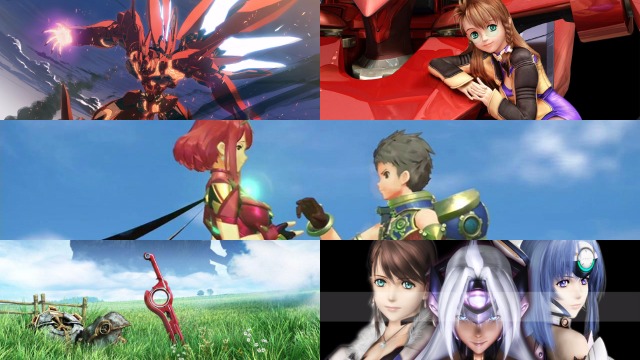Xenoblade Chronicles 2 is the brainchild of Monolith Soft co-founder and ex-Square Enix employee Tetsuya Takahashi. Xenoblade and the rest of the Xeno series have a rocky and somewhat confusing history. Logic would dictate that Xenoblade Chronicles 2 is some sort of sequel, but even though it’s the third game in the Xenoblade series and the ninth in the Xeno franchise, it only has a fleeting connection to the other titles.
The primary connection between the Xeno games is Tetsuya Takahashi, who has played a prominent role in the development of each title. From the first game in the series, Xenogears, up to the current Xenoblade Chronicles 2, Takahashi has steered the franchise. Unfortunately, even though the series is very popular, the Xeno franchise has often been plagued by issues with management and publishers. These stories and more are waiting below with everything you need to know about the Xeno series before you play Xenoblade Chronicles 2.
Xenogears Sets the Tone for the Franchise (1998)
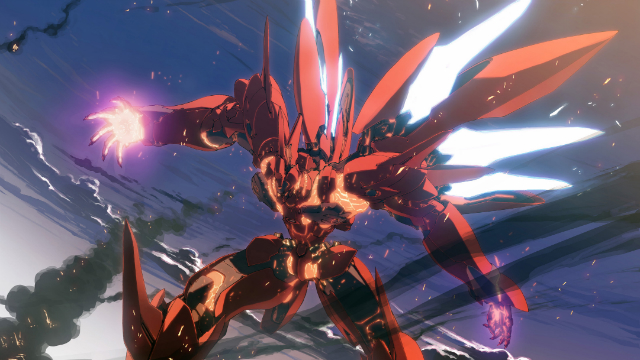
Xenogears was originally conceived by Tetsuya Takahashi and his wife Kaori Tanaka when they worked at Square during the early stages of development on Final Fantasy VII. The higher-ups at Square decided that the game’s subject matter and tone were too dark for a Final Fantasy game. However, Takahashi and Tanaka continued work on the concept with the idea that it would be a sequel to Chrono Trigger. Due to internal politics (likely having to do with Chrono Cross), the idea would eventually be branched out into a fully independent sci-fi saga.
At first, Gears weren’t a part of the story; instead, the characters were to use summoned monsters. However, as the concept took form, the giant mecha you see in the final game took center stage. The plot of the game makes heavy use of the idea of “Xeno,” meaning “alien.” This is a theme recurring throughout the Xeno series, and Xenogears profoundly examined where we come from, where we’re going, and the use of religion as a form of control and power over the masses.
The game almost didn’t come to the West because of the massive criticism of religion, in particular, Christianity. However, Xenogears became the first game in which the English localization team worked directly with the game’s developers, so compromises were made that kept the original meaning of scenes intact while allowing them to skirt around making the allegories too close to any real religion.
Classic GR: Xenogears Review: 4/5
When the game was released, it received critical acclaim and has gone on to be one of the most beloved Square Enix RPGs of all time. The mixture of space opera and religious allegory resulted in a rich, unique plot that has aged incredibly well, even if the gameplay hasn’t. One criticism Xenogears did receive was the trainwreck the game turns into during the second disc.
It moves from a traditional jRPG to more of a visual novel with gameplay and battle interspersed. The reason for this according to Takahashi was because his team was too inexperienced to get the swath of material remaining after finishing disc one into the game within the deadline Square had set. Instead of just wrapping up at disc one and ending on a cliffhanger, Takahashi and team were able to use a narrator for disc two that allowed them to finish the game on schedule.
One of gamings biggest what-ifs concerns Xenogear’s sequels or lack thereof. Xenogears was written to be part five of a six-part series. Despite the game’s success, Square Enix never developed any sequels or prequels to the game, leaving the rest of the hexalogy untold. A book was released called Xenogears Perfect Works ~The Real Thing~ that contains info covering details of the planned Xenogears saga, but it’s only in Japanese, and it’s increasingly expensive. If you happen to read Japanese or find an online English translation done by a fan, Xenogears Perfect Works is essential reading for Xeno series fans.
Xenosaga: The Games That Definitely Weren’t Xenogears (2002-2006)
Eventually, Takahashi left Square and founded Monolith Soft, a new video game development studio under Namco’s umbrella.
Xenosaga Episode I: Der Wille zur Macht (2002)
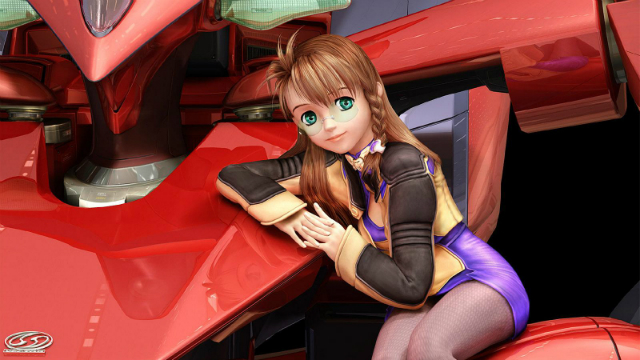
The studio’s first project would be Xenosaga Episode I: Der Wille zur Macht. Around a third of the 60-80 people working on the game had previously worked on Xenogears. Xenosaga was meant to be a spiritual successor to Xenogears because Square’s copyright of the first game kept Takahashi from expanding that series.
Classic GR: Xenosaga Episode I: Der Wille zur Macht Review: 4/5
Xenosaga was released in 2002 to critical acclaim and was a financial success for Namco. Takahashi would serve as director and scenario writer for the game, and it would harken back to events similar to those in Perfect Works. Xenosaga Episode I was meant to the first of a new hexalogy and Xenosaga Episode II: Jenseits von Gut und Böse began development directly after its release.
Xenosaga Episode II: Jensuits von Gut und Böse (2004)
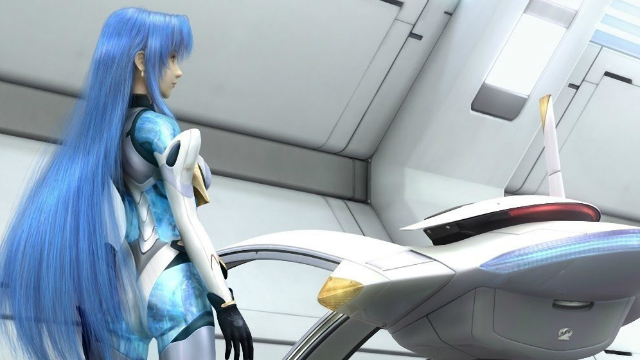
During the development of Xenosaga Episode II Takahashi stepped down as director of the project to allow the other employees of Monolith Soft an opportunity to make their mark on the series as well as to allow him more freedom to provide input on projects throughout the studio. The game would play much the same as the first, and continued as a direct sequel to the events in Episode I.
Classic GR: Xenosaga Episode II: Jenseits von Gut und Böse Review: 2.5/5
Many critics enjoyed the improved battle system, but Episode II fell victim to a phenomenon many video game sequels do. To enjoy Episode II, you really need to have played Episode I, especially since the plot of this series tends towards the complex and at times the convoluted. Episode II performed well in Japan, but according to a later report from Namco, the game only reached 50% of its sales target overseas.
Xenosaga Episode III: Also Sprach Zarathustra (2006)
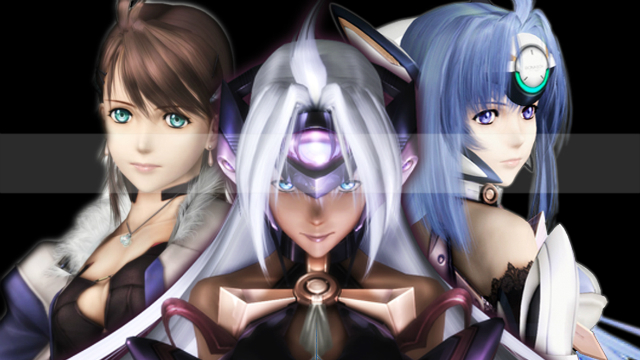
Work on Xenosaga Episode III started during the late development phase of Episode II. At some point in the development of Episode II, the series was changed from a six-part story to a trilogy. This meant that much of the scenario of Episode II was altered, and some elements cut from that game due to time constraints were included in Episode III.
The primary objectives of the design team working on this game were to address concerns with the first two entries in the series and to fashion a satisfying conclusion. While this game is intended to finish out the main cast’s story, there were rumblings at Monolith Soft that if the game was successful, the series might continue with new entries. However, the game was criticized for trying to fit too much narrative and lacked focus due to the need to resolve so many plotlines.
Classic GR: Xenosaga Episode III: Also Sprach Zarathustra Review: 2.5/5
The mixed reception of Xenosaga Episode III led to Monolith Soft largely splitting with Namco Bandai after Nintendo purchased the studio in 2007. Shortly after the purchase development on a game called Monado: Beginning of the World started which would evolve into Xenoblade Chronicles.
Xenoblade Chronicles: A New Beginning for Monolith Soft (2010-Now)
Shortly after Nintendo purchased the majority shares in the studio in 2007, Takahashi began work on a title called Monado: Beginning of the World. He had the idea for a fresh new game that involved two rival civilizations living on the frozen bodies of two warring gods. Unlike Namco, Nintendo encouraged Monolith Soft to embrace their creativity.
Xenoblade Chronicles (2010)
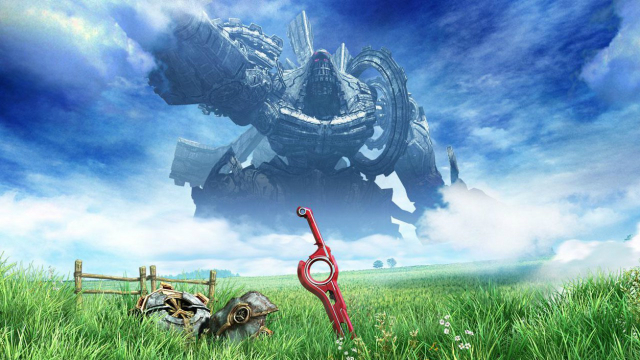
When Takahashi saw the scale of the project was causing issues, he went to the head of Nintendo SPD Production Group 2, Hitoshi Yamagami, who had oversight of Monolith Soft productions. Takahashi had prepared a list of cuts that would need to be made to finish the game on schedule. Instead, Yamagami rejected those proposals and advocated for Monolith Soft to have additional production time allotted so that the game could be completed as envisioned.
By the time of its release in 2010, the game had received a name change to Xenoblade Chronicles. This was done by then Nintendo President Satoru Iwata to honor Takahashi’s work on Xenogears and Xenosaga. Though Xenoblade suffered suffer delays, Yamagami’s gambit would pay off when the game released to critical acclaim. Nintendo marketed the game oddly in North America, and the game didn’t release here until 2012 and only then in limited quantities exclusively at GameStop.
Classic GR: Xenoblade Chronicles 3D Review: 4/5
Although the game was ported to the New Nintendo 3DS in 2015, the Wii version was hard to find for several years. However, in 2016 Xenoblade Chronicles finally released for the Wii on the eShop allowing gamers who missed out the first time to play it in its original form.
Xenoblade Chronicles X (2015)
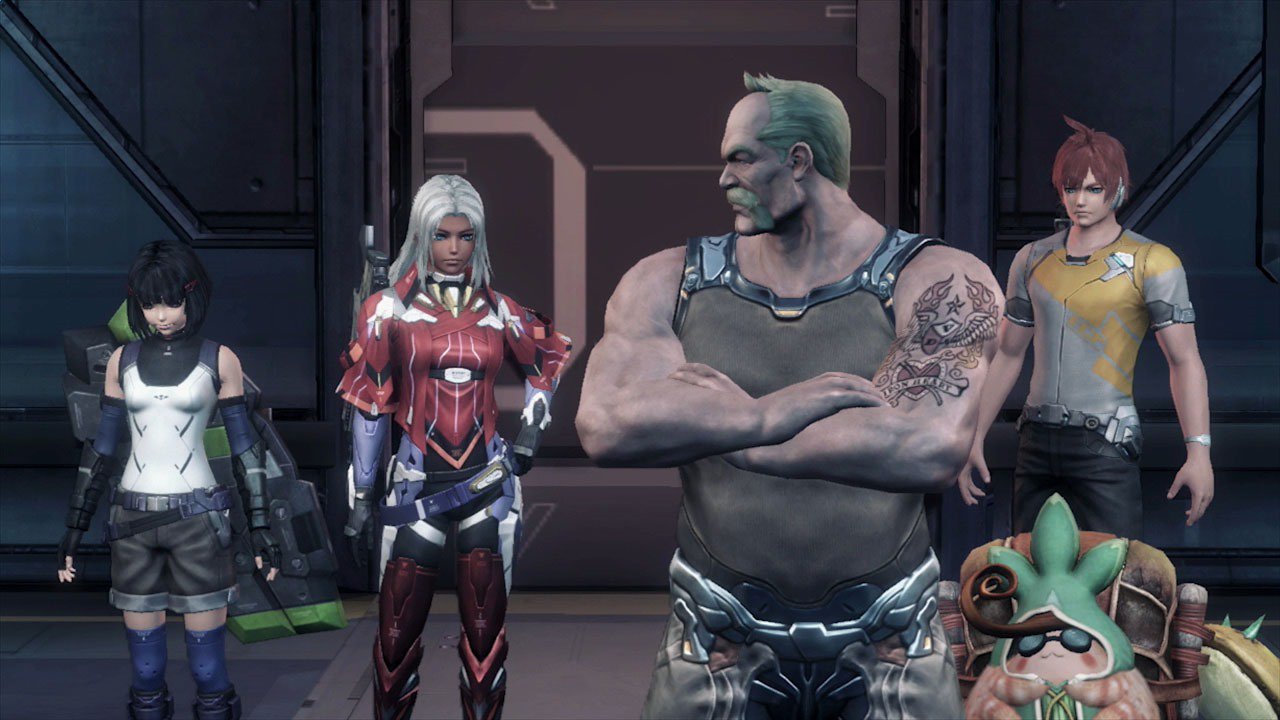
After the success of Xenoblade Chronicles, Monolith Soft began work on Xenoblade Chronicles X. This new title targeted Nintendo’s Wii U console and was the first high-definition game for the studio. This game didn’t continue the story of the first game, but was a spiritual successor with an original plot building on the gameplay for the original. Whereas Xenoblade Chronicles was a fairly linear, single-player affair, Xenoblade Chronicles X was open-world and encouraged exploration, as well as competition with other players through leaderboards.
Classic GR: Xenoblade Chronicles X Review: 4.5/5
Unfortunately, the poor adoption of the Wii U did a lot to hold the game back. It didn’t sell exceptionally well, but Nintendo seems to have considered it a success. The absolutely gigantic world, myriad quests, and deep upgrade and equipment system make this game cry out to be ported to the Nintendo Switch where it will have a chance to get the recognition it deserves.
Xenoblade Chronicles 2 (2017)
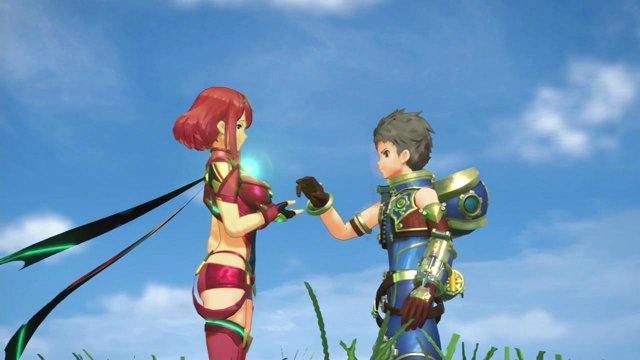
The latest Xeno title uses the same engine as Xenoblade Chronicles X, which made for a shorter development time than previous games in the series. We’ll have a full review of this title that will go in-depth soon.
This game returns to a more linear storytelling style that resembles that of the first game. Again it has a wholly original plot but is a further refinement of systems and gameplay introduced in the first and second games. There’s still plenty of exploration here, but the focus has been narrowed which results in a much tighter plot than the sometimes lackadaisical pace found in Xenoblade Chronicles X.
